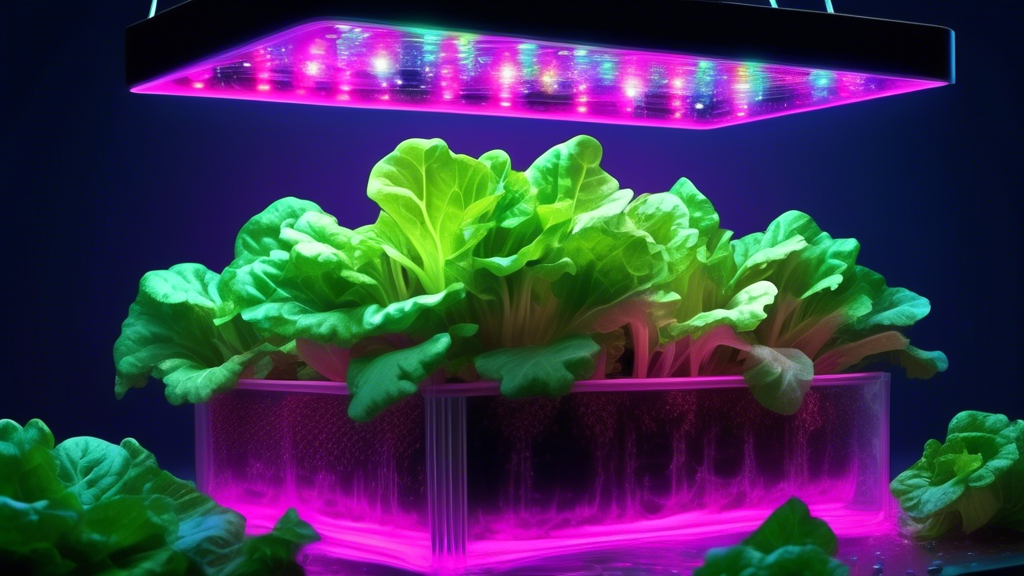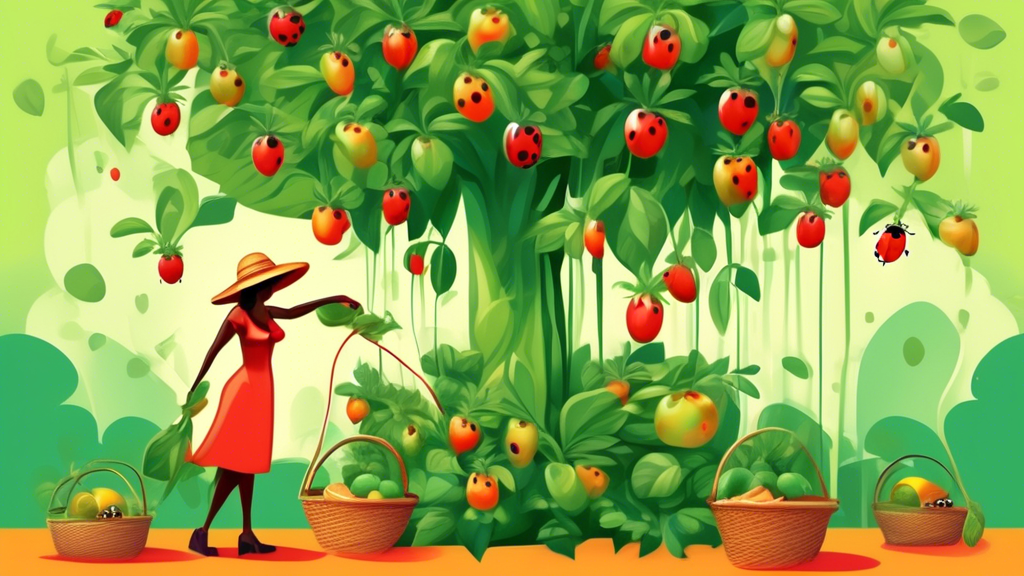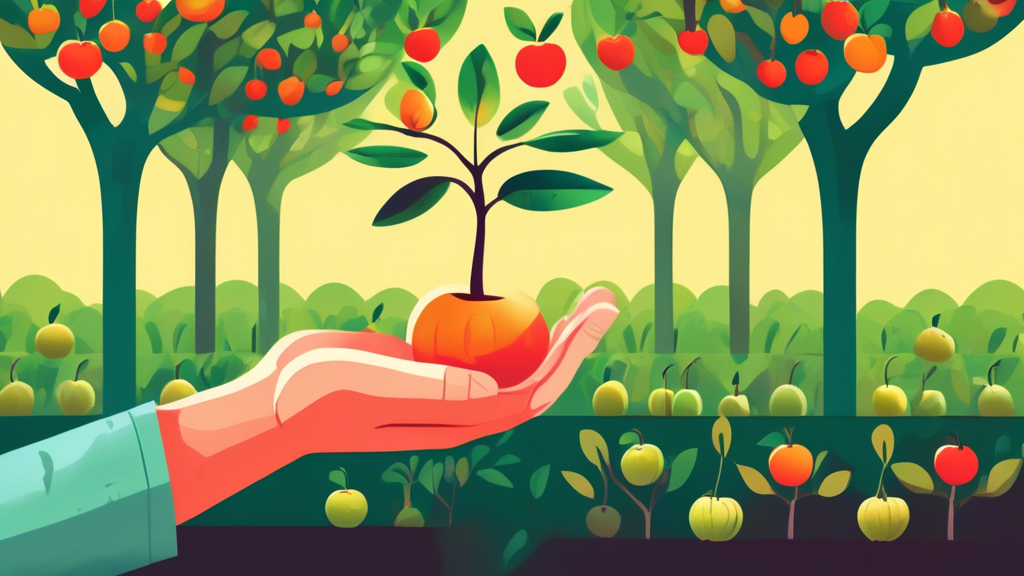
Introduction: Welcome to the World of Hydroponics
Hydroponics is the method of growing plants using a water-based nutrient solution rather than soil. The core principle is simple: provide plants with direct access to the perfect balance of water, oxygen, and minerals they need to thrive. This guide, Hydroponics 101: How to Get Started with Soilless Gardening, will demystify the process and walk you through everything you need to know to begin your own thriving indoor or urban garden.
Why Go Soilless? The Benefits of Hydroponic Gardening
Moving your gardening efforts away from traditional soil offers a host of compelling advantages that make it an attractive option for beginners and experts alike.
- Faster Growth & Higher Yields: Plants don’t waste energy searching for nutrients, leading to accelerated growth rates and more abundant harvests.
- Efficient Resource Use: Hydroponic systems use up to 90% less water than soil gardening and are perfect for small spaces like balconies and kitchens.
- Fewer Pests & Diseases: By eliminating soil, you remove the primary habitat for many common pests, weeds, and soil-borne diseases.
- Total Climate Control: Grow your favorite plants year-round, completely independent of outdoor weather conditions.
Common Beginner Hurdles (And How to Solve Them)
Every new endeavor comes with questions. Here are the most common concerns for newcomers and straightforward solutions to get you past them.
“It Seems Too Complicated and Technical”
Solution: Start with a simple, pre-made kit or the Kratky method, a form of passive hydroponics that requires no electricity, pumps, or moving parts. It’s the perfect “set it and forget it” introduction.
“I’m Worried About the Initial Cost”
Solution: Hydroponics can be incredibly budget-friendly. Many successful systems are built from repurposed food-grade buckets, storage totes, and other common household items. A DIY approach can drastically reduce startup costs.
“What If the Pumps Fail or the Power Goes Out?”
Solution: Plants are more resilient than you think. A short-term power outage won’t immediately doom your garden. Furthermore, non-circulating (passive) systems like the Kratky or Wick methods are inherently immune to power failures, offering a reliable and worry-free alternative.
“I Don’t Know How to Mix Nutrients”
Solution: Don’t let nutrient mixing intimidate you. Many companies offer pre-mixed, “all-in-one” nutrient solutions specifically designed for beginners. Pair this with a simple, color-coded pH test kit, and you’ll have the basics covered.
Your First Hydroponic System: A Comparison of Top Starter Methods
Choosing your first system is the most exciting step. Here’s a breakdown of the most beginner-friendly hydroponic techniques.
The Kratky Method (Easiest & Most Passive)
How it Works: Plants are suspended in net pots above a reservoir of nutrient solution. The roots grow down to access the water, and as the water level drops, an air root zone is naturally created. Pros: No electricity, pumps, or maintenance required. Cons: Not ideal for long-term, large, or heavy-feeding plants.
Deep Water Culture (DWC) (Popular & Effective)
How it Works: Similar to Kratky, but an air pump and air stone are used to constantly oxygenate the nutrient solution, supercharging root growth. Pros: Extremely fast growth rates; very effective. Cons: Requires an air pump, making it dependent on electricity.
Wick Systems (Low-Maintenance)
How it Works: A simple wick (like a rope or felt strip) draws nutrient solution from a reservoir up to the plant’s root zone. Pros: No moving parts or electricity; very simple to build and operate. Cons: Best suited for smaller, non-fruiting plants like herbs and lettuce, as the wick can’t supply enough water for thirsty plants.
| System | Cost | Complexity | Best For |
|---|---|---|---|
| Kratky | $ | Very Low | Herbs, Lettuce |
| DWC | $$ | Low-Medium | Leafy Greens, Basil |
| Wick | $ | Low | Small Herbs, Microgreens |
The Essential Shopping List: What You Need to Get Started
You don’t need a lab to start hydroponic gardening. Here’s a simple checklist to gather before you begin.
- System Components: A light-proof reservoir (bucket/tote), lid, and net pots.
- Growing Medium: An inert material to support the plant, such as rockwool cubes, clay pebbles (hydroton), or coco coir.
- Nutrients: A liquid hydroponic fertilizer. A simple two-part (Grow & Bloom) or an all-in-one mix is perfect for starters.
- Essential Tools: pH testing kit and pH Up/Down solutions are non-negotiable. A TDS/EC meter to measure nutrient strength is highly recommended after your first successful grow.
- The Extras: An air pump & air stone (for DWC), and a grow light if you lack sufficient natural sunlight.
A Unique Insight: Plants “Breathe” Differently in Water
Here’s something you might not know: In soil, plant roots must expend energy to search for oxygen trapped in tiny air pockets. In hydroponics, especially in aerated systems like DWC, we deliver oxygen directly to the roots in a highly soluble form. This is like giving your plants a constant, supercharged supply of their two most critical resources—oxygen and nutrients—right at their fingertips. This direct access is a primary reason for the explosive growth rates, often 30-50% faster than soil-grown plants.
Step-by-Step: Setting Up Your First Hydroponic Garden
- Assemble Your System: Set up your chosen system (e.g., place the air stone in the reservoir for DWC).
- Mix Your Nutrient Solution: Follow the instructions on your nutrient bottle to mix with water. Then, use your pH kit to adjust the solution to the ideal range for your plants (typically 5.5 – 6.5).
- Start Your Plants: Germinate seeds in a starter plug like a rockwool cube, or place a small seedling into a net pot filled with clay pebbles.
- Introduce Plants to the System: Place the net pots into the holes in your system’s lid, ensuring the roots make contact with (or are close to) the nutrient solution.
- Monitor and Maintain: Check the water level weekly and top off with fresh water. Check and adjust the pH weekly. Change the entire nutrient solution every 2-3 weeks.
Best Plants for Your First Hydroponic Grow
Success in your first grow builds confidence. Start with these forgiving and fast-growing plants.
- Top Recommendations: All varieties of lettuce, spinach, kale, Swiss chard, basil, mint, and cilantro.
- Plants to Avoid Initially: Large, heavy-fruiting plants like tomatoes, peppers, and cucumbers. They require more light, nutrient management, and structural support, making them better for a second or third grow.
Frequently Asked Questions (FAQ)
Is hydroponic food as nutritious as soil-grown food?
Answer: Yes, and often it can be more nutritious. Because the grower has complete control over the nutrient profile, plants can be supplied with an optimal balance of minerals, leading to robust and nutrient-dense produce.
How often do I need to change the water?
Answer: A full nutrient solution change is typically needed every 2 to 3 weeks. You’ll know it’s time when the water level is consistently low and your plants have consumed the available nutrients.
Do I really need to worry about pH?
Answer: Absolutely. pH is critical. If the pH is too high or too low, plants cannot absorb certain nutrients, a phenomenon known as “nutrient lockout.” You could be providing a perfect nutrient solution, but an incorrect pH will starve your plants.
Can I use regular plant fertilizer?
Answer: No. Regular garden fertilizers are not formulated to be fully water-soluble and can clog your system or create nutrient imbalances. They also lack the complete spectrum of micronutrients essential for soilless growth. Always use fertilizers specifically designed for hydroponics.
Conclusion: Your Soilless Journey Begins Now
Embarking on your hydroponic journey is an exciting step towards self-sufficiency and a deeper understanding of how plants grow. Remember, the key is to start small, be patient, and learn from each harvest. You are now equipped with the foundational knowledge from this Hydroponics 101: How to Get Started with Soilless Gardening guide. Your thriving, soilless garden awaits!






